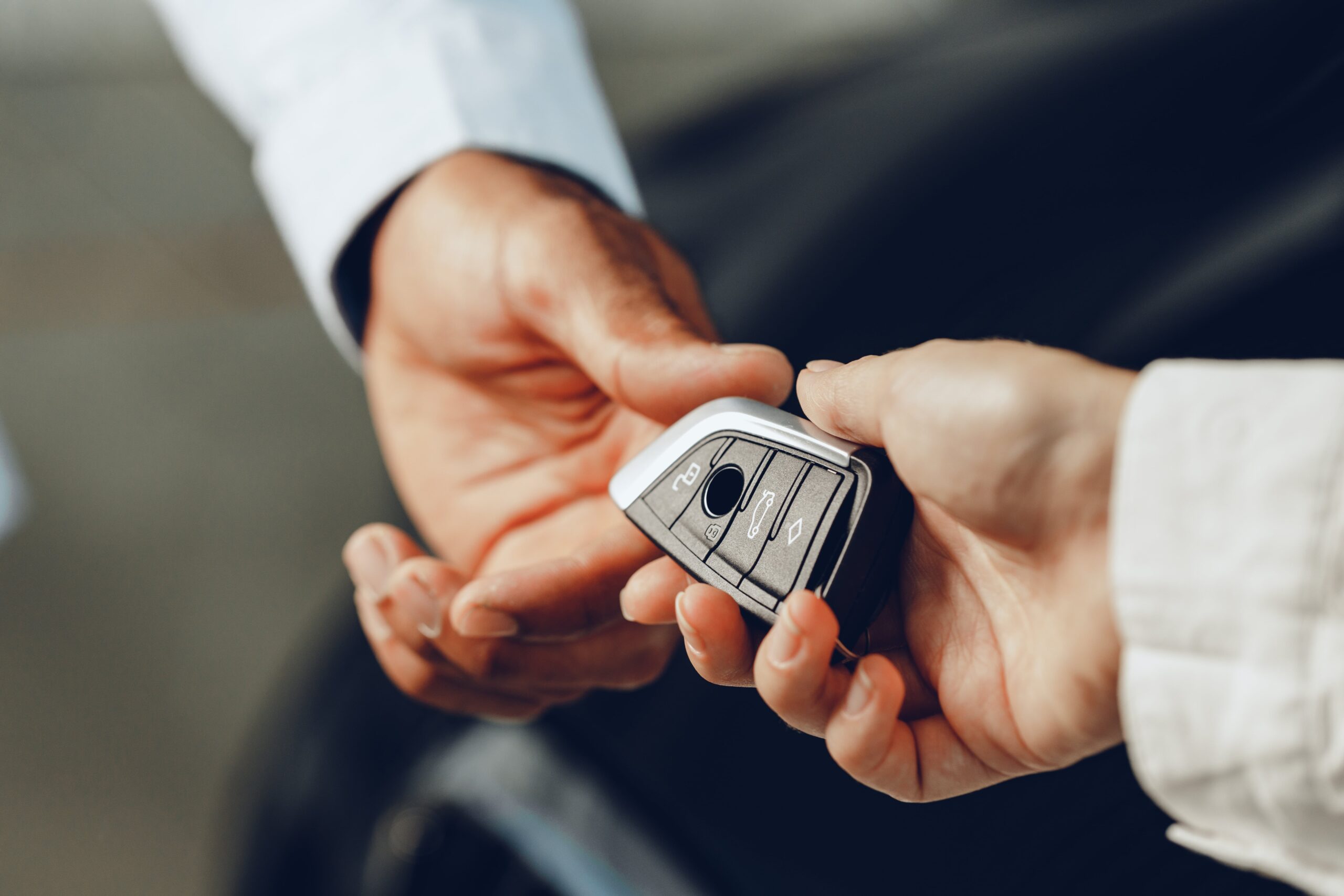How to Deal With a Lost Key in Your Car
Losing your car keys can be a nightmare scenario. It's not the worst thing that could happen when you know how to deal with it.
First, find an extra key and store it in a safe location, or bring proof of ownership to the dealer to have a new one programmed. There are several ways to lose your keys, and this will determine how easy or difficult it is to replace them.
1. Worn Out Key
Over time, keys for cars are exposed to a lot wear and tear. They are jingled in pockets, rub against each other, and inserted into locks over and over again. They can lose their form and won't fit into the ignition cylinder. The key may be stuck or not turn when this happens. It can be a hassle in both instances.
Luckily, it's easy to prevent this from happening by creating duplicate copies of your vehicle key when it is new. Then, you can rotate them, reducing the amount of wear each one undergoes. In addition, if you do lose your car keys, you have another spare.
Another reason why you may require an upgrade is that the key fob you have is not functioning properly. As you've guessed that they are extremely handy to have and they do various tasks, from unlocking your doors and starting your engine to activating the alarm. It can happen for a variety of reasons, but the most common reason is it is because the button has been worn out. They are small fragile and can be easily smashed in your purse or pocket. The buttons are prone to be broken or worn down.
If this occurs the first thing you should do is check thoroughly in all places that it could be, including your jacket or bag and even in places you would not normally place them (like inside a box for shoeshine). Contact lost my car keys what do i do and inquire whether they have spare keys on hand. If they don't have it in stock, they can order it and pair it with your vehicle. This isn't cheap, but it's much better than the alternative.
You can also lower the risk of this happening by avoiding adding any other items to your key ring and regularly lubricating your key and lock. This will make them both last longer and function properly. Also, keep a spare in a safe area, like with your family or close friends. This ensures that you always have the key when you need it.
2. Damaged Lock
If you are able to turn the key but it isn't able to fit into the lock, there may be an issue with the lock. The lock tumblers may be clogged up with dirt and other debris. This could cause the mechanism to feel stiff. Locksmiths can employ an instrument that is specifically designed to clean and lubricate the lock, making it to feel more smooth.
A car lock that won't turn could have been jammed by force. A thief might have used a tool such as a bump key or a pick to open the door open. If you notice evidence of this on your door handle, bring your vehicle to a locksmith as soon as possible. The locksmith can repair the issue and avoid further issues.
Some locksmiths provide services that disable your old keys inside your vehicle. This makes it harder for thieves to take your vehicle. You will need to provide proof of your identity as well as proof that you own the vehicle before you can do this. Usually, a V5C with your name will be accepted.
It is recommended to keep an extra car key in your trunk or on your person in case you lose it. A spare key can allow you to get to the road more quickly and can save your money by preventing you from having to call a locksmith.
Based on the type of vehicle and the key, you may have to call a locksmith to repair it. Dealerships will give you an alternative key, however it could cost a towing fee and take several days to order. A professional locksmith will be able to make a key faster and cheaper. They may even be able to program it to communicate with your vehicle on autopilot. They also offer various services to keep your vehicle safe, such as a door resealing kit and anti-theft alarms. Visit PolicyBachat to find out more.
3. Clogged Ignition Cylinder
Over time your key and ignition cylinder can wear out. A worn out cylinder may jam or bind when it is removed, inserted or turned. This can cause issues with powering on and starting your vehicle. It is typical for these problems to take time to develop and become more pronounced over time as the cylinder continues to wear.
One of the most common symptoms of this problem is when the lock key cannot be inserted into the lock or is not able to rotate in the ignition cylinder. This is a clear indication that your cylinder has gotten damaged and requires replacement. It is possible to replace the cylinder yourself however, it's generally better to hire an expert.
The ignition cylinder consists of a small cylindrical piece of metal which is contained within the lock housing of the cylinder. It is comprised of two tumblers. Each tumbler is assigned a particular position and only fits the correct key bumps. As time passes, tumblers can become worn or clogged up with dirt. To resolve this issue, you'll need to clean the ignition port. This can be done using the use of a small bottle of graphite oil. You can purchase this at your local auto parts store and follow the instructions on the label.
Take off the dashboard and steering wheel covers from your car. This will allow you to view the cylinder port more clear. Look for a pin which is inserted into the cylinder's back. This is a security feature that stops your vehicle from being stolen. If the ignition cylinder isn't able to turn, you'll have to take off the pin that holds it to let it slide out of the housing.
The process is straightforward enough, but it requires a bit of patience. Make sure the pin is in the accessory position prior to drilling. It is also important to remember that there is a chance of damaging your car's electronics and electrical systems if you drill in the wrong location. Make sure you mark the portion of the drill that is protruding from the keyway prior to drilling. This will act as a warning to stop you from drilling too deeply and causing damage to the housing of the cylinder.
4. Locked Out
The first thing to do when you lock your keys in your vehicle is to not get scared. Be calm. You may think you're in a mess but there are a variety of ways to get back in your car without damaging the windows or calling a tow-truck. You can use shoelaces, bobbypins, packaging tape or Slim Jims to get into your vehicle. It's important to remember that not all methods will be effective, and you may require help from a professional in some cases.
The most important thing is to try the least destructive solution first. If you are in an emergency you might not like the idea that someone else will open your vehicle for you, but it is your best option. Many roadside assistance plans offer members the ability to open their car without a car key.
Another suggestion is to take a deep breath and walk around the entire exterior of your vehicle to determine if your keys are inside any other door or in the trunk. When you're in a hurry, it's easy to overlook something as simple as the door handle or rearview mirror. Be sure to check everywhere.
If you're still unable to open your car Try to remain calm and seek assistance from a neighbor or friend who's nearby. Oftentimes strangers will be willing to assist you to get out of the jam because they don't want you to be in a bind. If they're unable to assist you then you should contact roadside assistance. You may also inquire whether your insurance covers this.
Make sure you download the app from the car's manufacturer, or use a smart phone to convert your phone into a key fob so you can avoid having your key locked out in the future. You can also buy an electronic keysafe to keep keys you have left over, which will keep them out of sight and away from thieves.

